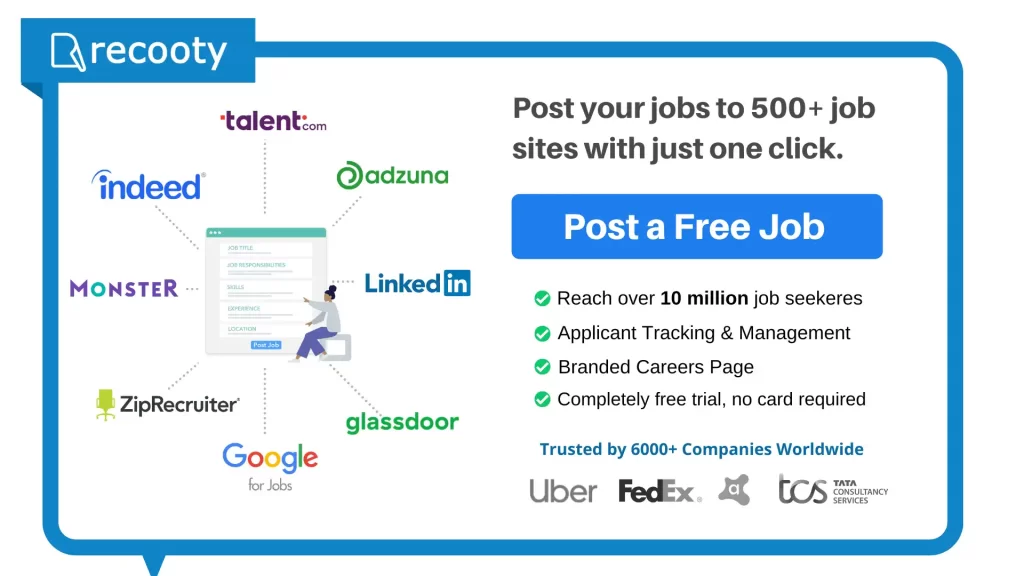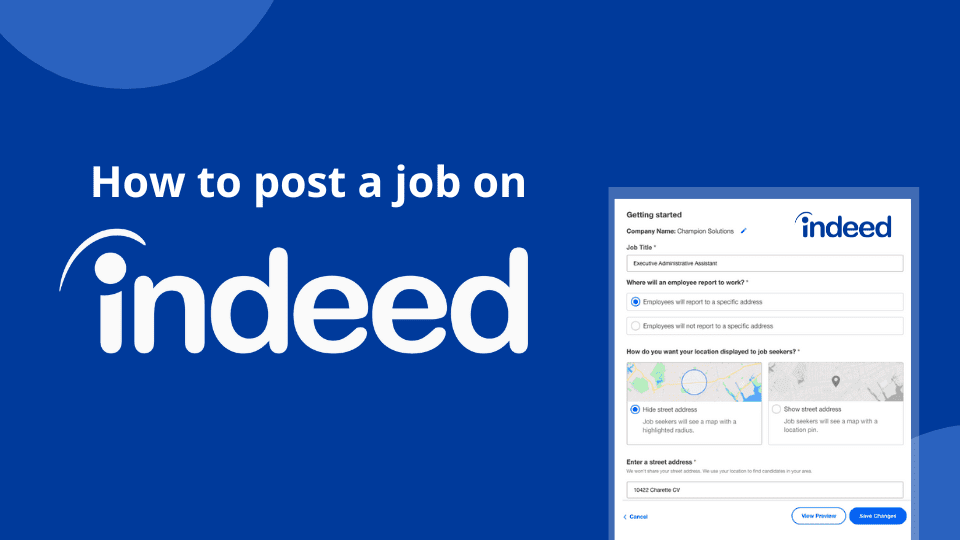
Are you wondering what are the best resources to expand your knowledge about the field of HR? Discover the top best HR books that you should read in 2023.
The field of HR moves fast. It is rapidly changing. So, it becomes essential to make sure that you are up to date with the recent trends. Amidst the chaotic and challenging talent market, it might become difficult to keep up with all the latest trends in Human Resources. Also, the fact of the matter is, apart from trends, you also need to have good knowledge about the experiences of great HR professionals and their learnings.

A great thing about today’s age is that literature and resources relevant to the field of HR are abundantly available around us. Especially, in digital form via HR Influencers, podcasts, thought leaders, HR conferences, and many more. However, even with various ways to educate ourselves in place, a book remains the prime means to gain knowledge!
So, we took the responsibility of rounding up the 30 best HR books that you should read. These books are written by the best HR authors and are recommended by HR professionals. So, if you want to keep expanding your knowledge and stay on top of the game of hiring, read on to find the list of the 30 best HR books.
Post a Job for Free in Minutes
Indeed Partners With Recooty- How Does This Partnership Work?
Authors: Sharon Armstrong and Barbara Mitchell
Why should you read this book? This book is one of the top HR strategy books and it covers the most trending topics that are there in the current HR market. In this book, you would get an idea about how to handle HR for all business sizes. Also, this book would familiarize you with the best HR practices, and tips on how to build relationships and overcome challenges.
Author: Jason Averbook
Why should you read this book? HR from Now to Next is simply a book that aims at changing the perception of HR from being a function that just pushes paper and keeps lights on, to a function that actually manages employees. Its main focus is to push the idea that “good enough” isn’t good enough. Jason has effectively shared his experiences over two decades, his interactions with some top HR professionals, and has successfully struck inspiration among the book’s readers.
Author: Tim Sackett
Why should you read this book? The book, The Talent fix is all about fixing the failures of the corporate talent acquisition scene. This book focuses on simple fixes, organizational designs, and technologies that can help organizations hire great talents. So, this book presents a step-by-step approach toward a practical and scalable recruiting model that recruiters can adopt to fix their hiring.
Author: Katrina Collier
Why should you read this book? The workforce today in almost every field in today’s business world is at risk of being replaced by AI. So, HR is no exception! Hence, the book, The Robot-Proof Recruiter helps you understand how to use the power of automation for your own benefit. It shows you how to use the respective recruitment tools and build your strategies around them. So, this is the perfect book for all modern recruiters and HR practitioners.
Author: Jason Averbook
Why should you read this book? After the pandemic, most of today’s workforce has transitioned to being digital. So, in this book written by Jason Averbook, you’d get to know all the 101s about how today’s digital HR world works. So, it’s a step-by-step guide to help you lay a foundation for your HR digital transformation. Hence, it’s absolutely a must-read for all the people who are aspiring to become great HR professionals in today’s world.
Author: Laurie Ruettimann
Why should you read this book? In this book, top HR specialist and career coach, Lauri Ruettimann, presents us with a comprehensive guide on how to take charge of our own lives and get things done. So, this book is packed with some amazing stories and advice from wonderful people who snapped out of autopilot and regained control of their lives.
Author: Jeanne Meister
Why should you read this book?
Today’s workplace is very different from what it was a decade ago. It’s more diverse, digitized, gamified, and collaborative. So, this book serves as a powerful guide that will help you get skilled to handle the new set of workplace disruptions. Hence, reading this book would help you gain the skills that you need to thrive in today’s competitive business environment.
Author: Steve Browne
Why should you read this book? The field of HR is more than just a bunch of administrative tasks. So, this book will definitely help you build a fresh perspective of HR and its nuances. In this book, Steve shares some real-life stories by HR professionals. And, these stories are full of inspiration and motivation to rediscover their passion for the career they’ve chosen.
Authors: Alexandra Cavoulacos and Kathryn Minshew
Why should you read this book? The world and the way we work have changed over the last few decades. All credit goes to technology. So, this book, written by Alexandra Cavoulacos and Kathryn Minshew, the founders of the popular career website TheMuse, will take you through the new rules of today’s workplace. So, this is a perfect book that would help you navigate through the new world of work.
Authors: Howard Thomas, Richard R. Smith, and Fermin Diez
Why should you read this book? Managing human capital has never been an easy task for business leaders. Analyzing their potential and keeping a track of their performance is a tough task. So, this book will help you determine how to handle the human capital of your organization strategically, so as to drive value and make full use of their potential. This book presents clear topics, concepts, and experiences from around the world that would help you quickly grasp them and implement them in your strategies.
11. People Analytics for Dummies
Author: Mike West
Why should you read this book? Data is the core of everything in today’s world, even when it comes to developing a successful workforce. So, this book will help you guide your decisions based on data and analytics. It’s the perfect book to start your learning journey on people analytics and how to collect and analyze data and then implement your analysis for good.
Authors: Jonathan Ferrar and David Green
Why should you read this book? Leveraging the people data is extremely important for today’s HR leaders to make sure that they’re making full use of their resources. So, this book highlights the step-by-step process to create a sustainable and data-driven people analytics strategy and culture in HR. It will help you transform your data into tangible actions that will help you improve your people-managing strategies.
Author: Laszlo Bock
Why should you read this book? This book is a perfect read for companies who are aspiring to become big, as big as Google. This book basically revolves around the whole recruiting and workplace strategies of Google. Laszlo Bock reveals in this book why Google is consistently rated as one of the top places to work and as a result, why it is the dream company of talented individuals. Bock also provides teaching experience from a range of industries based on behavioral economics and human psychology.
Author: Greg Savage
Why should you read this book? This is an amazing book with great learnings from the life of Greg Savage, a trailblazer in the field of HR. It covers almost four decades of his amazing career in HR, the lessons he’s learned being a leader, and business strategies all over. So, it’s a must-read for all the next-generation HR enthusiasts who look up to HR professionals via their biographies. This is a two-part book.
Author: Liane Davey
Why should you read this book? Managing a team is not easy. There are tons of things that can go wrong which can lead the team to fall apart. So, this book focuses on how you can build an amazing team and transform any toxic team into the most productive one. This book will help you build and keep a happy team that drives results.
Author: Bjorn Z. Ekelund
Why should you read this book? Diversity is one of the most important factors that HR professionals need to consider while hiring new talent. So, this book focuses on how to make your company more globally diverse. It discusses tips that help you improve the communication between your culturally diverse employees and make sure that diversity is sustainable.
Author: Kursat Ozenc
Why should you read this book? Rituals for Work demonstrates how inventive rituals can enhance the quality of both our personal and professional life. The goal of Kursat Ozenc’s discussion is to change the workplace culture by demonstrating how imaginative rituals may inspire accomplishments, forge friendships, and promote positive behaviors. Recipes for rituals created to encourage particular habits are included in the book.
Author: Erica Keswin
Why should you read this book? We were created as social beings with a need to interact and establish bonds. As a result, it should come as no surprise that connections must also exist at work, where we spend the majority of our time. So, this book includes case studies from well-known brands like Lyft, Starbucks, Mogul, SoulCycle, etc., who distill the fundamental strategies of most human businesses into practical guidance that every company executive can adopt to create a “human workplace.”
Author: Brigette Tasha Hyacinth
Why should you read this book? Today’s HR world is overwhelmed by technology. From AI to Robotics, we have slowly started incorporating every tech into HR strategies to improve productivity. So, this book gives you the most thorough overview of what is happening in the field of AI and new technologies, as well as helpful insights that will help you effectively navigate the oncoming technological tsunami.
Author: Liz Weber
Why should you read this book? Being a leader isn’t easy. You do not always know what to do and what’s the best step to take. So, as a Strategic Leadership Expert and award-winning author, Liz Weber walks you through what you should stop doing and what you should start doing to become the respected and successful leader your team needs. This small book contains tales from actual managers.
Author: Bretton Putter
Why should you read this book? This unique book defines what a culture deck is and shows how successful businesses make use of them to acquire an unfair competitive edge. This book examines the culture decks from leading businesses to demonstrate how to develop a workplace culture that helps all people perform to the best of their ability.
Authors: John W. Boudreau, Wayne F. Cascio, and Alexis A. Fink
Why should you read this book? Organizational decisions around how to invest in people are coming under more scrutiny as the future of work is evolving at an unprecedented rate. In order to give HR professionals and leaders tested principles for assessing important HR projects, this book draws on cutting-edge practice and research from a variety of disciplines. Powerful strategies for integrating HR with corporate strategy and budgeting are also covered, as well as how to engage business leaders outside of HR to support your decisions.
23. People Processes: How Your People Can Be Your Organization’s Competitive Advantage
Author: Rhamy Alejeal
Why should you read this book? Addressing challenges like unmotivated employees, poor performance, and high turnover rates should be the top priority of any HR professional. However, most HR professionals are usually buried under paperwork. So, this book is for HR professionals who are sick with paperwork. This book shows how technology makes HR professionals’ jobs easier and more effective.
24. The Drama-Free Workplace
Author: Patti Perez
Why should you read this book? Organizations spend millions on making sure that they’re legally compliant, on employee training, and essentially eliminating workplace drama. However, some things always slip under the radar and they need to be dealt with smoothly. This amazing book helps you make sure that issues that cause drama, don’t happen. And even if they do, how to deal with them swiftly without much hassle.
Author: Gary Dessler
Why should you read this book? Gary Dessler is one of the most reputable HR professionals, having experience in various capacities throughout his career. So, this book is no less than an HR Bible. It’s undoubtedly one of the most-read study books in the world of HR. This book lays a strong foundation for HR management tactics and concepts. So, this book will help you gain knowledge about the field of HR and excel at your job.
26. The HR Answer Book
Authors: Shawn Smith and Rebecca Mazin
Why should you read this book? The HR Answer Book is the one book that helps you when you need quick answers to the most common HR issues. This book will help you with solutions to over 200 most commonly asked questions of every employer. So, this book covers almost every HR area, from onboarding to training and solution ranges for simple to complex issues.
Authors: Christopher Mulligan and Craig Taylor
Why should you read this book? Employee engagement can be a pain and tedious strategy to make. So, this book comes to the rescue and has some amazing content about how to improve your employee engagement strategies and retain your employees in today’s competitive talent environment. This book has six well-researched and successful case studies that will help you keep your talent.
Author: Tomas Chamorro-Premuzic
Why should you read this book? One of the main reasons for an HR strategy to fail is because HR professionals rely on their gut feeling and have no accurate methods to make crucial decisions. This book aims to educate HR professionals to make more informed decisions based on measurable predictable methods.
Author: Steve Browne
Why should you read this book? This book’s central idea revolves around how the profession of HR can bring about impactful change in the work environment of today. How HR can move beyond just being a support function to a leadership role. Brown explains the formula of People+Processes = Results. So, this is an empowering book that will inspire you to have a passion for working in HR.
Author: Lucy Adams
Why should you read this book? This book focuses essentially on the future of HR. Lucy Adams describes what the role of HR will look like in the future. She has an entirely new, and never-done-before approach to HR in this book. So, you’ll get to read a radically different approach to managing, engaging, and supporting employees effectively.




